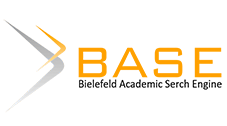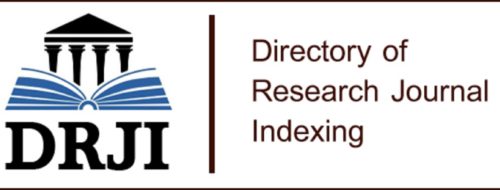Analysis and selection of material for naval superstructures
Keywords:
Material analysis, naval superstructures, naval sciencesAbstract
The materials used in the construction of the superstructure of floating artifacts directly influence the result obtained due to the intrinsic conditions of the material. But of great importance will also be the analysis of maintenance costs and the ease of carrying out repairs and surface treatment, since the depreciation of the vessel over the years depends on this. The objective of this research is to determine the appropriate material for the superstructure of the amphibious vehicle, considering the nodic displacement of the load that causes deformation and evaluating the costs for construction. Through the physical characteristics of fiberglass and bamboo, the appropriate material for the construction of the superstructure of the amphibious vehicle was determined.
Keywords: Material analysis, naval superstructures, naval sciences.
Downloads
References
Bevan, S. (1998). Ósmosis en embarcaciones de fibra. Madrid: Ediciones pirámide.
Camino, D. A. (2010). La caña de Guadúa en la provincia de Manabí y el litoral de Ecuador. Manta: Congreso de Arquitectura de tierras en cuencas de campos.
Duch, B. (2018). Diseño integral y modelado BIM del Yate Balboa. Barcelona: Universitat Politécnica de Catalunya.
Fernández, R. (2020). Vehículos anfibios. pinterest.
FONDEAR. (2020). Materiales para cascos oceánicos. Infonautic, 6.
García, G. (2020). Carrocería monocasco. Prueba de ruta, 4.
García, S. M. (2015). Bambú como material estructural: Generalidades, aplicaciones, y modelización de una estructura tipo. Valencia: Licencia Creative commons, Universidad Politécnica de Valencia.
GEORGE GERMAN. (2019). Historia. vw166, 16.
Pancorbo, J. (2019). Ingeniería Naval. Madrid: Universidad Politécnica de Madrid.
Pavón, J., & Vallejos, F. (2015). DISEÑO Y ADAPTACIÓN DE CHASIS, CARROCERÍA Y SISTEMA ELÉCTRICO A UN VEHÍCULO ANFIBIO. Ibarra: Universidad Técnica del Norte.
Reyes, J. B. (2012). Plásticos reforzados en fibra de vidrio. Bogotá: Universidad tecnológica de Pereira.
Soto y Barreto, J. X. (2020). Diseño de un vehículo anfibio turístico con capacidad para 8 pasajeros. Manta: Universidad Laica Eloy Alfaro de Manabí.
Soto, J., & Barreto, X. (2020). DISEÑO DE UN VEHÍCULO ANFIBIO TURÍSTICO CON CAPACIDAD PARA OCHO PASAJEROS. Manta: Universidad Laica Eloy Alfaro de Manabí.
Torre, C. C. (2013). Caso práctico de un megayate de 61.2 m de eslora, Barcelona: Universidad politécnica de Catalunya.
Vásquez, G. (2008). Fabricación, propiedades y aplicación de aluminio. Metalurgia, 457 - 476.
Zienkiewicz, O. (2010). El método de los elementos finitos. Reverté.
Published
How to Cite
Issue
Section
License
Copyright (c) 2022 Revista de Ciencias del Mar y Acuicultura YAKU. ISSN: 2600-5824.

This work is licensed under a Creative Commons Attribution-NonCommercial-ShareAlike 4.0 International License.


1.jpg)













